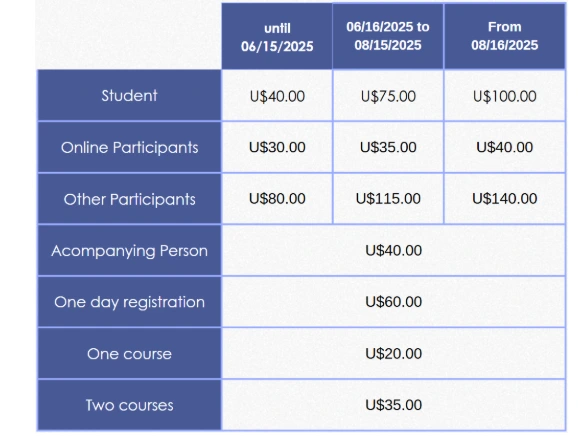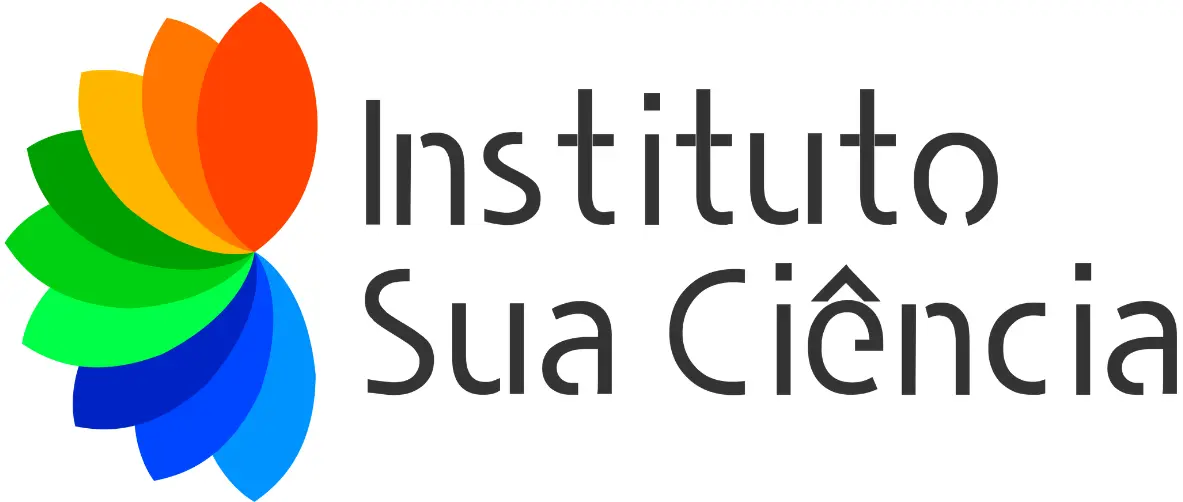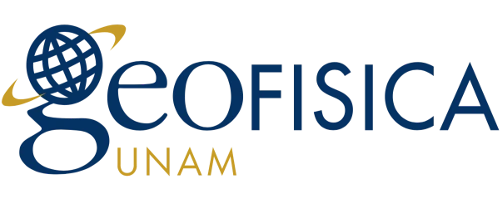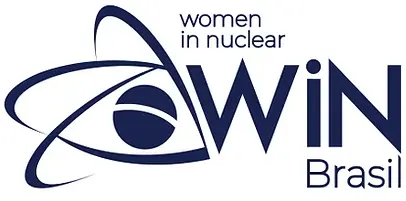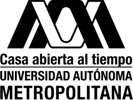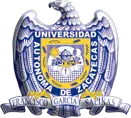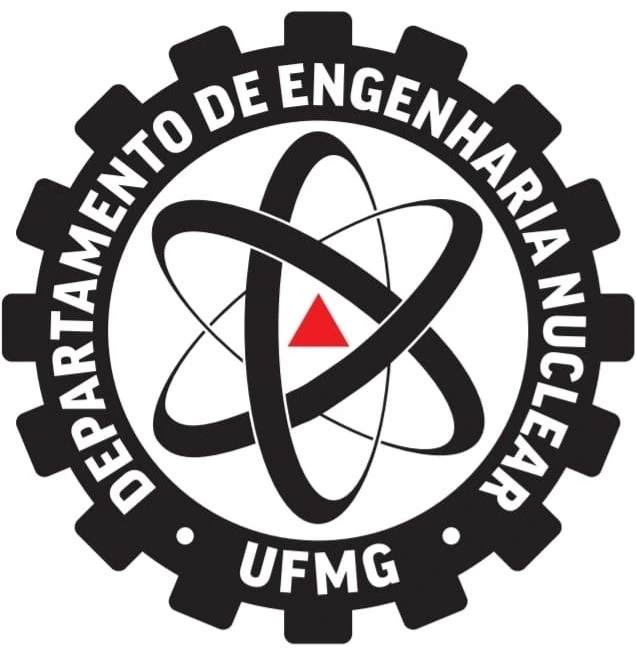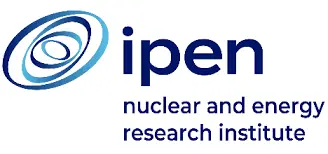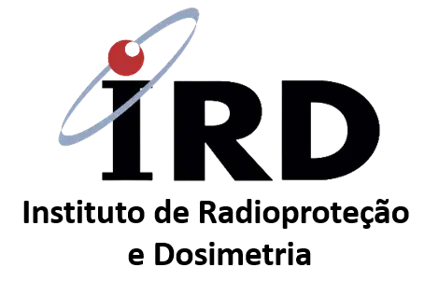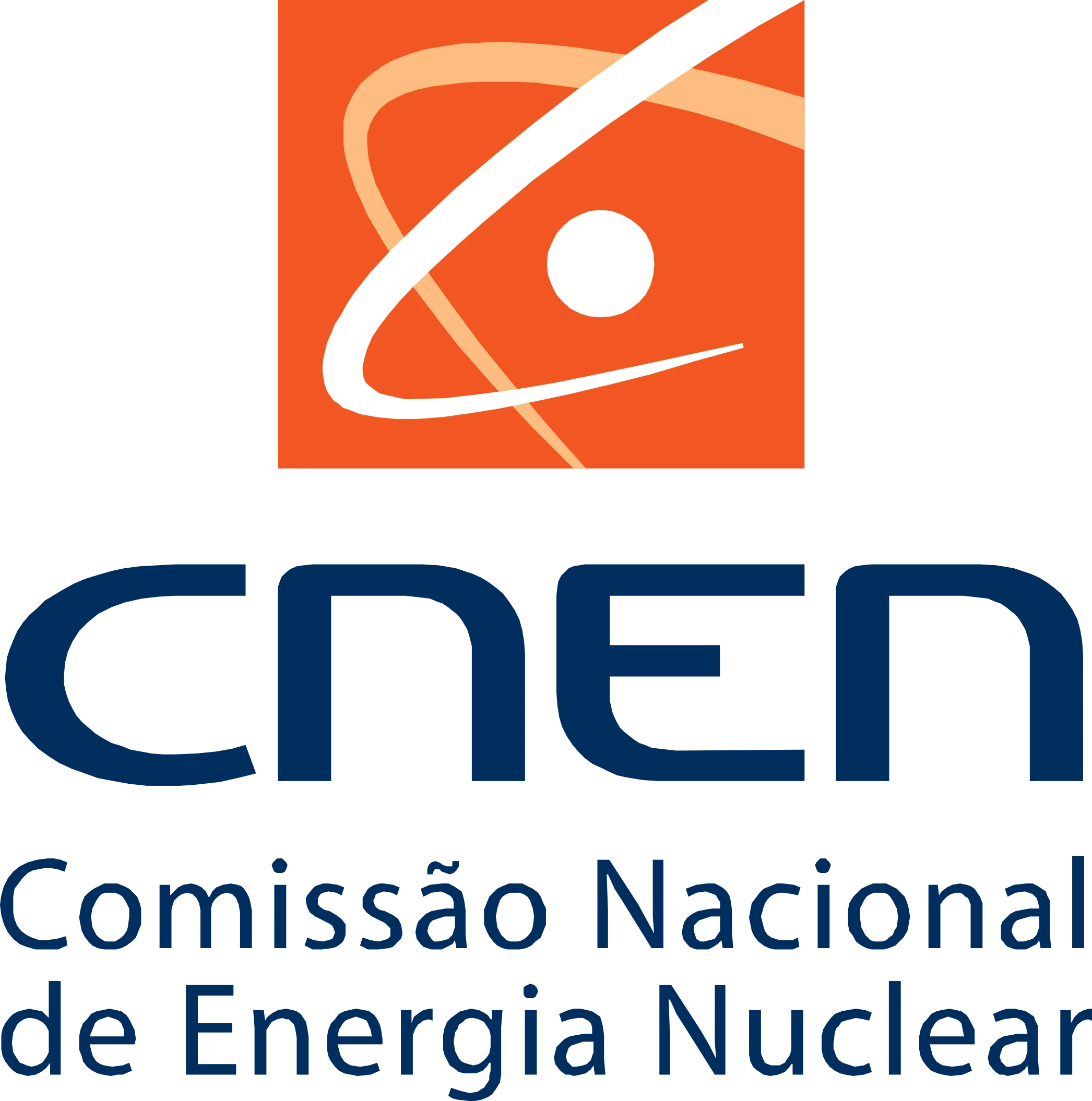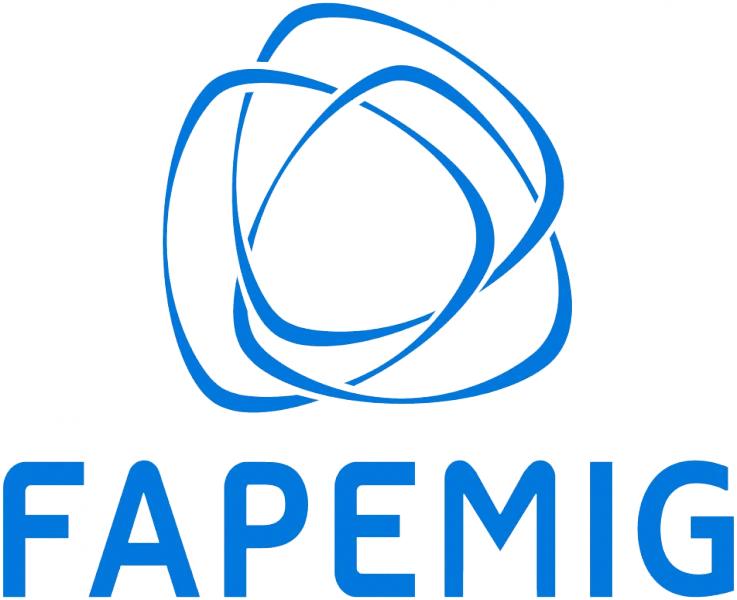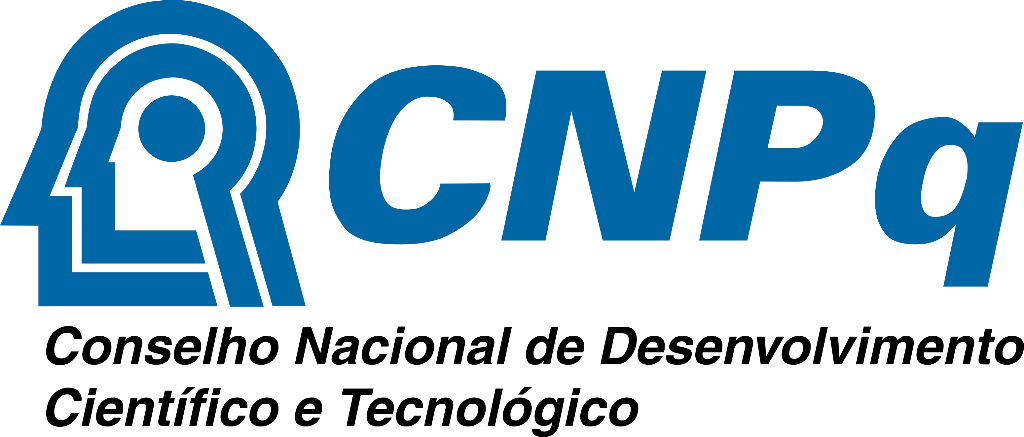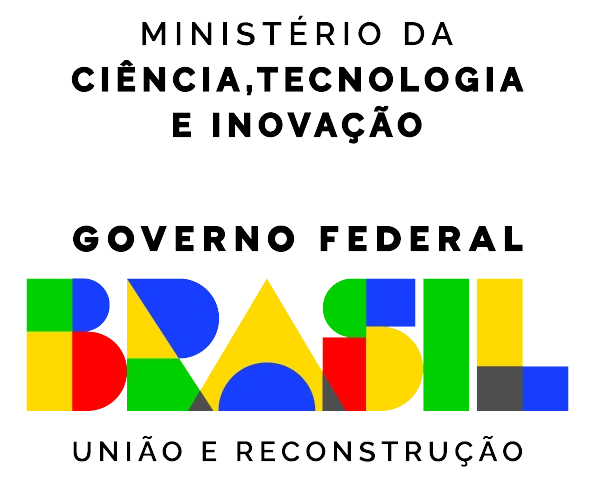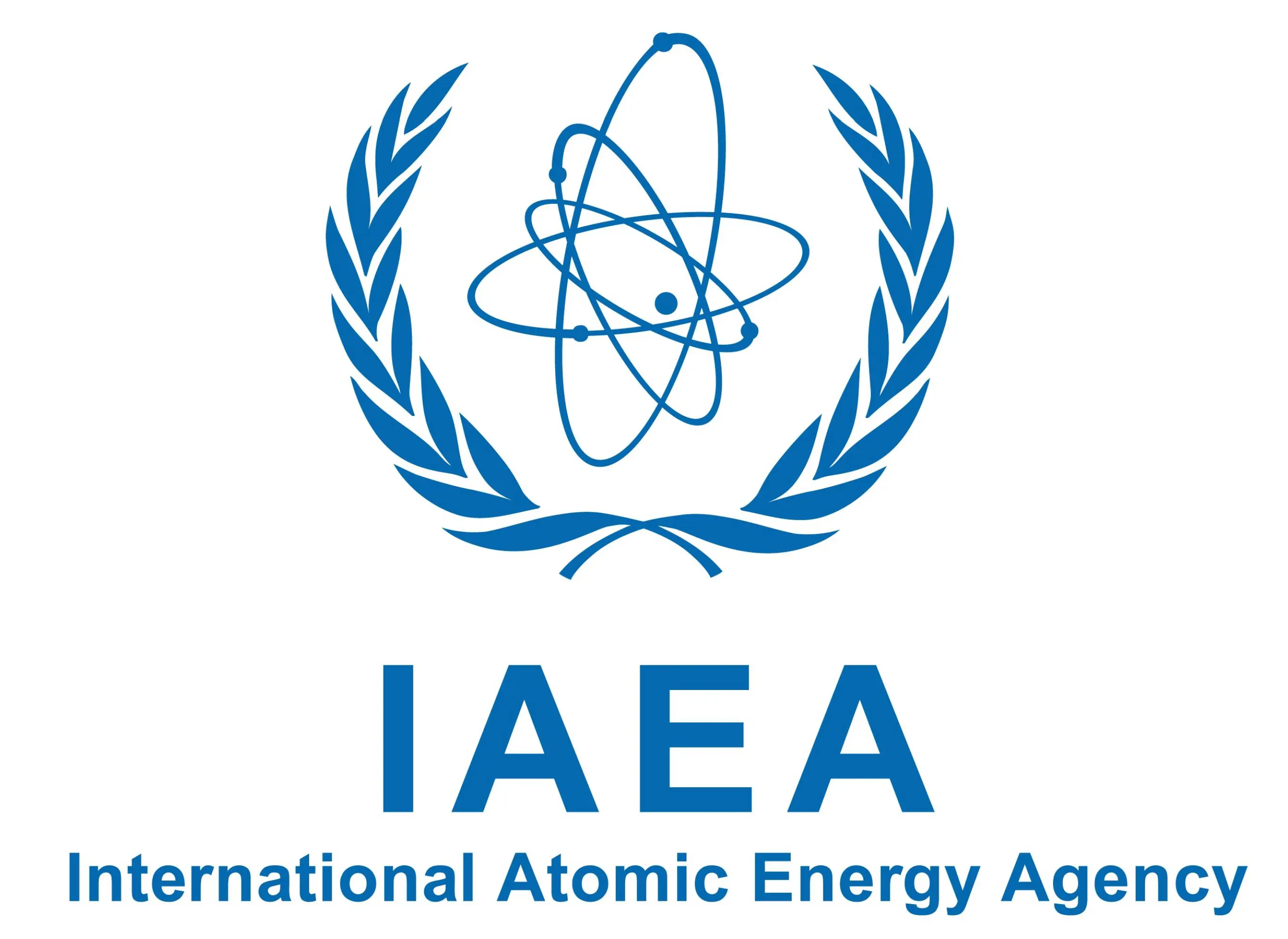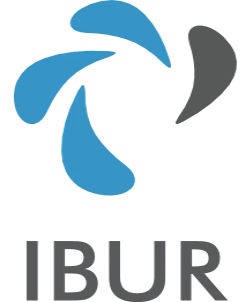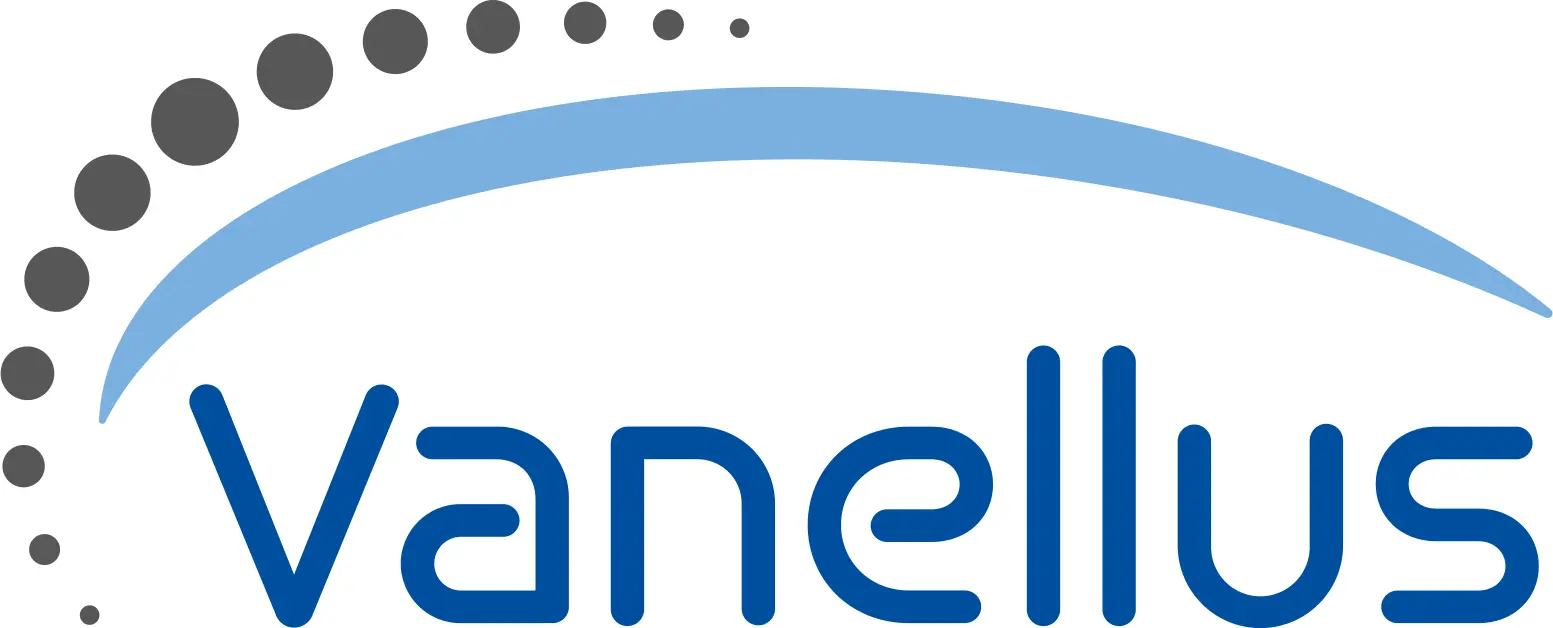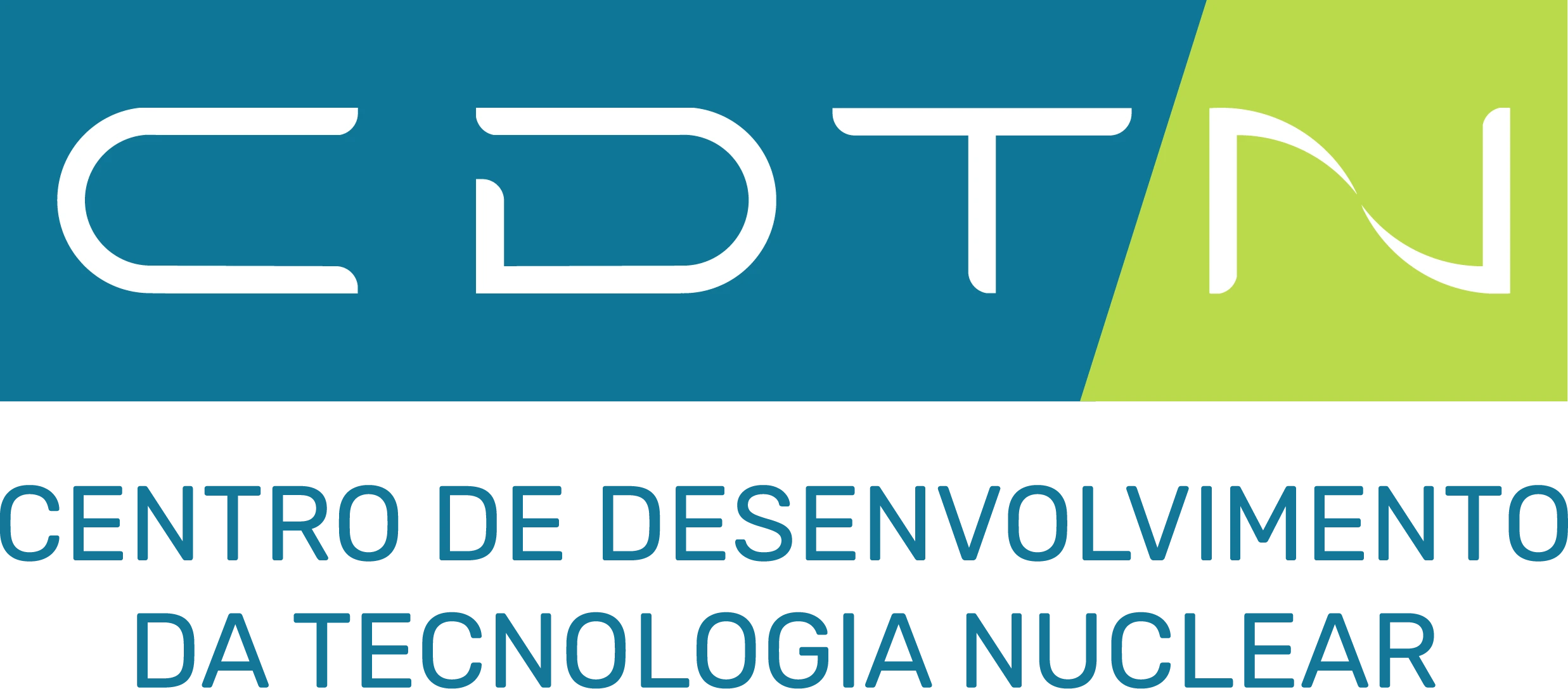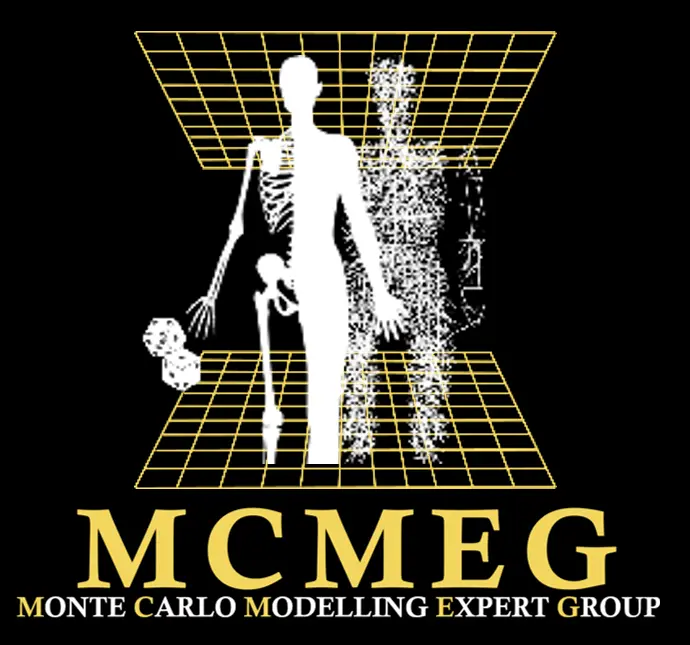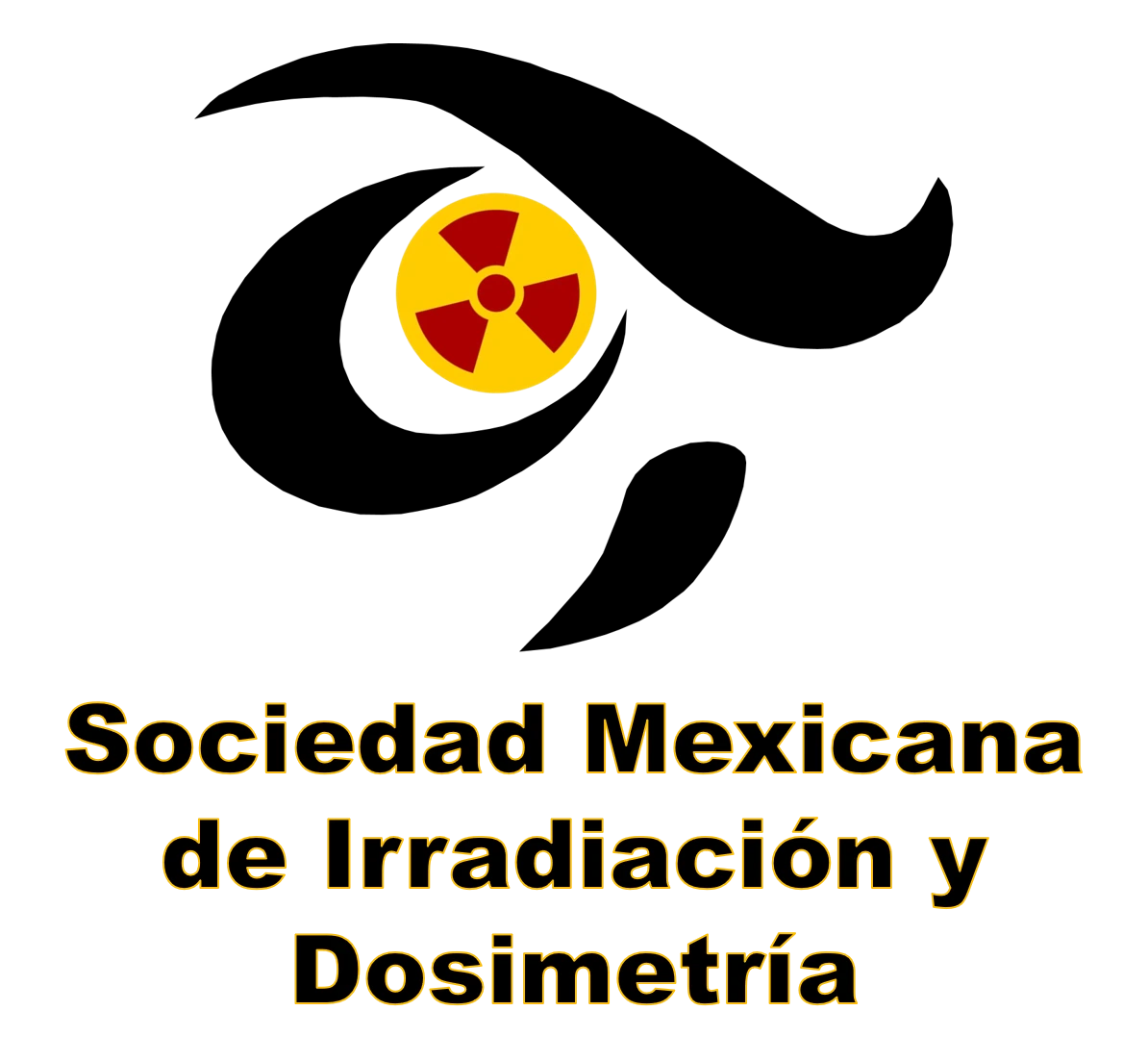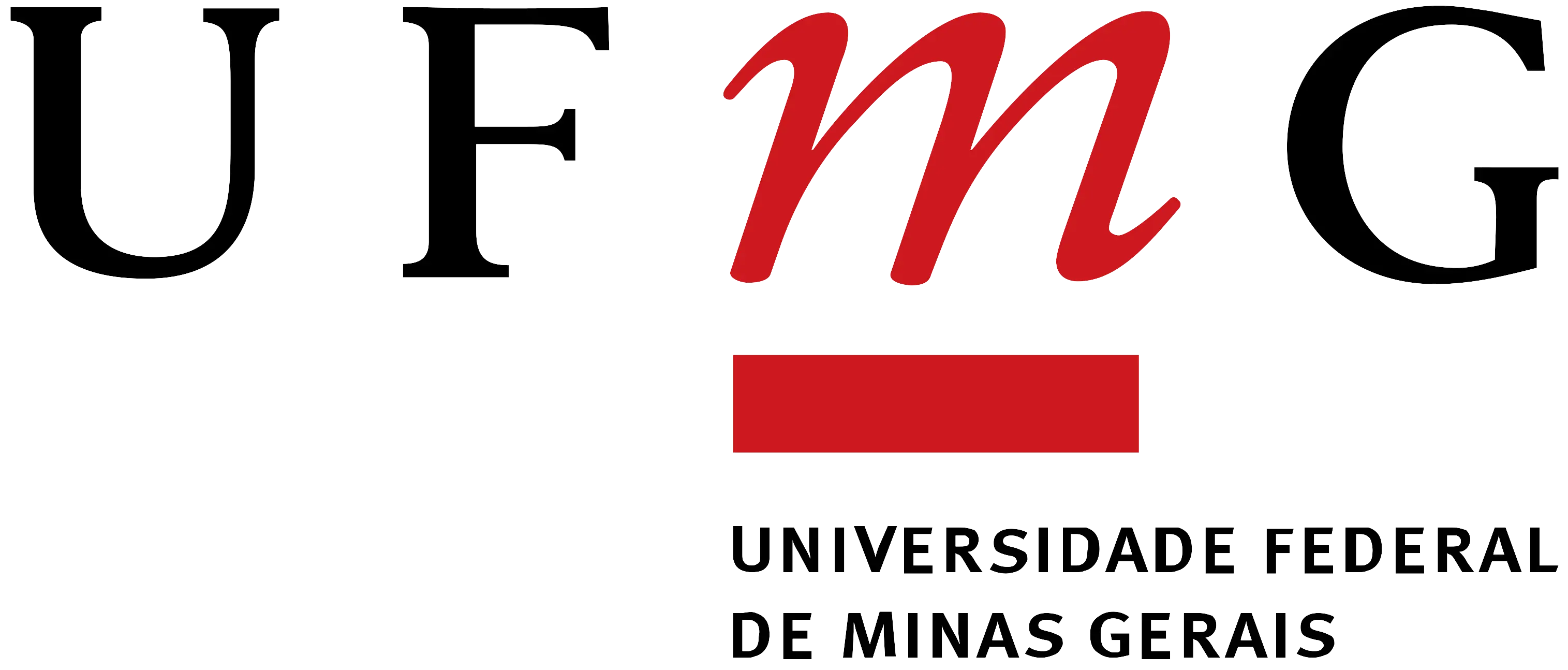Nuclear energy plays a fundamental role in a number of fields, particularly in its peaceful uses. One of the fields that has benefited most from the use of radiation is medicine, particularly in radiodiagnostics and radiotherapy. Other areas that have benefited include industry, which uses radiation to disinfect food for preservation, sterilize surgical materials, produce radiopharmaceuticals, and generate electricity. Scientific research has also benefited from the use of ionizing radiation, allowing in-depth studies of the nature of matter and space. These applications require strict radiation safety controls, in which accurate radiation dosimetry plays a central role. In this context, laboratories around the world are researching new radiation detectors to meet safety standards and advance knowledge in the field. Advances in this research have been widely published at major scientific events such as the International Symposium on Solid State Dosimetry (ISSSD).
The ISSSD originated in Mexico in 1988 as the "First National Seminar on Thermoluminescence Dosimetry" organized by the National Institute of Nuclear Research. In 1998, it became an international event and consolidated its position as one of the most important global conferences in the field of solid state dosimetry. Each edition of ISSSD brings together renowned experts such as Tadeuz Niewiadomski (Poland), K. Ettinger (Germany), Claudio Furetta (Italy), Y. Horowitz (Israel), Reuven Chen (Israel), W.S. McKeever (USA), Shigueo Watanabe (Brazil), Tomás Calderón (Spain), Akio Hiraki (Japan), Marc Desroisers (USA), Raúl Mainardi (Argentina), Dieter Regulla (Germany), António Delgado (Spain), Grazia Gambarini (Italy), Richard Hugtenburg (UK), David Bradley (UK), Virgílio Correcher (Spain), Teógenes Silva (Brazil), Telma Fonseca (Brazil), Wesley E. Bolch (USA), etc. The event attracts between 100 and 150 research papers per edition, with contributions from researchers in 20 to 30 countries, promoting a broad exchange of scientific knowledge. In recent years, the best papers presented at the ISSSD have been published in special issues of the journal Applied Radiation and Isotopes, consolidating its scientific importance.
The symposium bring together national and international professionals from academic, industrial, hospital and research institutions to present and discuss the latest advances in radiation science and its nuclear applications in industry, medicine and the environment. This meeting provides a unique platform for the exchange of experiences and debates, as well as the promotion of scientific collaborations between the different countries of Latin America and the world. The symposium contributions will be published in a special issue of Applied Radiation and Isotopes and in electronic version proceedings following the standard peer refereeing procedure.
Subjetc Areas of this Symposium:
- G1 - Applications of thermoluminescence (dosimetry, dating, industrial, etc.)
- G2 - Dosimetry (environmental, personal, internal, external, computational, etc.)
- G3 - Ionizing and non-ionizing radiation
- G4 - Medical Physics
- G5 - Radiological Protection
- G6 - Radiation Sources
- G7 - Radiobiology
- G8 - Luminescent materials

 Centro de Desenvolvimento da Tecnologia Nuclear (CDTN/CNEN) - Belo Horizonte - Minas Gerais - Brazil |
Brasil
Centro de Desenvolvimento da Tecnologia Nuclear (CDTN/CNEN) - Belo Horizonte - Minas Gerais - Brazil |
Brasil
 With online streaming
With online streaming
